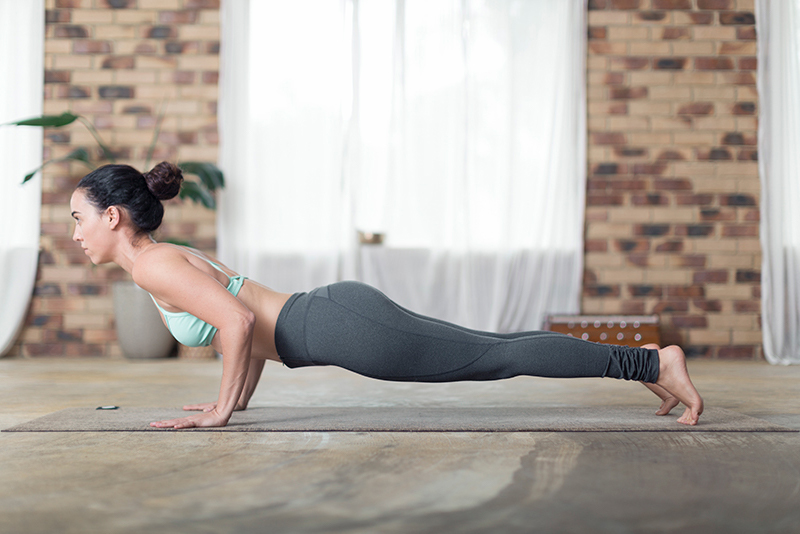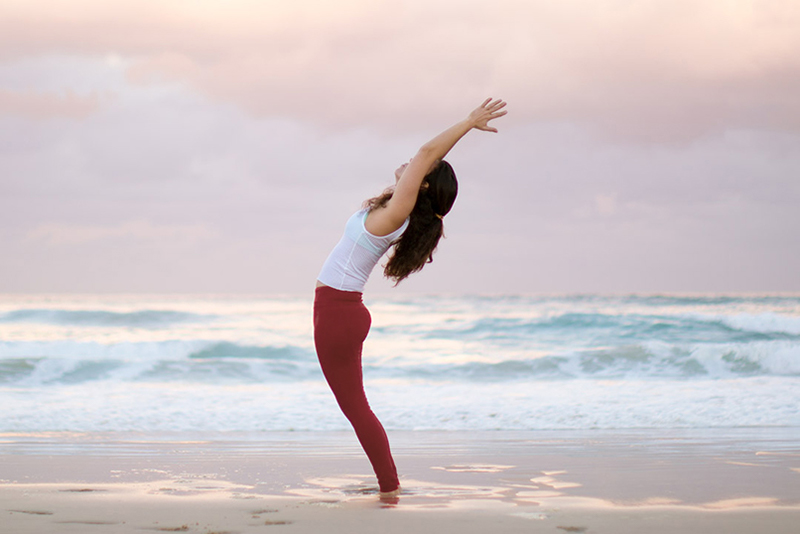With so many yoga methods and lineages to choose from, confusion about asana alignment is common. Here, Yoga Medicine teacher Dana Diament uses smart anatomy to debunk some common alignment myths. ORIGINAL:SEP 29, 2016 yogajournal.com If you jump around between yoga teachers or lineages, confusion about asana alignment is understandable. Here, Yoga Medicine teacher Dana Diament debunks some common myths with wise anatomy. One of my favorite things about yoga is the variety of yoga methods and lineages to choose from. But with all of those choices, you may be left feeling confused about alignment. The proliferation of yoga asana images in recent years only makes matters trickier as more and more students strive to recreate the poses exactly as they see them. Many teachers are also taught to instruct poses to textbook standards, which were not necessarily created for Western or female bodies. This dogmatic approach to alignment sets the scene for certain myths to take hold in our yoga communities about the “right” way to do a pose. To shed light on a few of these myths, let’s take a closer look at some of the key anatomical concepts behind some common yoga poses. Myth 1: In Chaturanga, the elbows should be
With the warmer weather and longer days, summer is a popular time to put your running shoes back on. The sweet smell in the air and warm sun on your skin draws you outdoors, and with the endorphin kick you get from running, it’s easy to push your body further than what it’s ready for. However, by adding in a few yoga poses, you can support your body and prevent injuries to help you go that extra mile. Yoga helps to prevent injuries by addressing the muscular imbalances created by running and increasing both strength and flexibility. While in the poses, stay focused on your breath and observe your body’s sensations. This helps to build your awareness, which is also key to preventing injuries. The more you can tune into your body, the better you’ll be able to know what your body needs before, during, and after a run to stay healthy and safe. Incorporate the yoga poses below to keep you running throughout the summer. Downward facing dog Benefits: Stretches hamstrings, calves, and back muscles. Start on hands and knees. Hug your arms into the shoulders and push the floor away with your hands. Lean back, tuck your toes and lift your hips to make
Below is a recap I wrote in 2015 after attending and assisting a Yoga Medicine 50hr advanced teacher training module on the Spine in Napa, California. A healthy spine plays a crucial role in our body’s ability to move efficiently as well as protect and house our spinal cord. Dysfunction or injuries to our spine has implications on both our mobility and our nervous system, and therefore even small changes have the potential to make a big impact to alleviating pain these injuries and dysfunctions can cause. Because of its direct connection to the nervous system, when working with spinal dysfunction, a great place to start is with the breath. This can be especially helpful when you don’t have a diagnosis or you don’t know what to do with a client. The breath is a powerful tool to feed and nourish our parasympathetic nervous system, the rest and digest system responsible for healing and repairing the body. In Napa, I personally noticed how the extra pranayama that week improved my back and hip pain. Tensegrity Before diving into spine dysfunction and application, let’s understand the concept of tensegrity. Think of a trampoline. If you were to cut one of the springs, all of the



